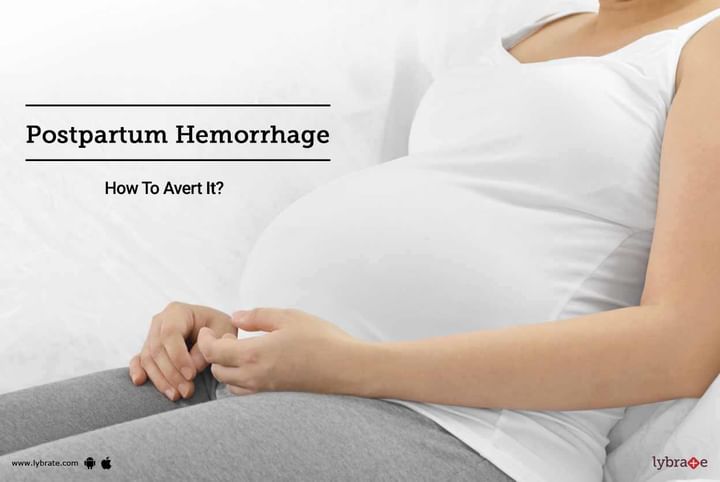Postpartum Hemorrhage - How To Avert It?
An expecting mother runs the risk of suffering from a range of complications during and after pregnancy. You were very wrong to think childbirth is about antenatal care and once the baby is born, the mother is safe from danger. Both C- Sections and vaginal deliveries take into account the hovering threat of impediments. Sudden problems like perineal lacerations, amniotic cavity issues, umbilical cord issues, abnormal fetal heart rate, and stalled labor might be experienced during giving birth to a child. Childbirth is again followed by another set of medical conditions. Postpartum Hemorrhage is one such condition that, if left unattended, can turn out to be fatal.
Postpartum Hemorrhage: An overview
Patients suffering from Postpartum Hemorrhage are subjected to loss of more than 500 mL of blood after delivery. In certain rare cases, women have been reported with a loss of more than 1000 mL of blood. Morbidity statistics say postpartum hemorrhage is the most common trigger to maternal morbidity in developed countries. Even after ensuring the efficacy of preventive measures to prevalent risk factors, lapses do exist. A loss of more than 1000 mL of blood can severely endanger your health. It may lead to hemodynamic instability. Treatment of Postpartum Hemorrhage should systematically concentrate on two important things; firstly, diagnosis and management of root causes resulting in hemorrhage and secondly, dealing with hypovolemic shock along with resuscitation of obstetric hemorrhage.
Preventive Measures
An exigency situation with regard to postpartum hemorrhage can be avoided or controlled in the following ways;
1. Detecting signs of acute anemia and thus rectifying the condition before delivery.
2. Routine episiotomy should be done away with.
3. The doctor should inquire of the mother's opinion on blood transfusions.
4. There should be frequent examinations of the person's vaginal flow and vital signs to check for slow and steady bleeding.
5. The risk of retained placenta in the third stage of labor can increase the chances of postpartum hemorrhage. Active management on part of the hospital can take care of this. Regulated cord traction, early cord clamping and cutting and most basic use of a uterotonic drug soon after the delivery of the anterior shoulder can prevent a prolonged third stage thus hindering a hemorrhage from occurring.
6. Oxytocin is an advisable drug to prevent the chances of a hemorrhage. Pregnant women may or may not give their consent to its use. It has very few side- effects. Prophylactic administration of this drug is known to reduce rates of postpartum hemorrhage by forty percent.
Management: excessive blood loss after childbirth can be tackled through hysterectomy. Women who wish to remain fertile can go in for B- lynch uterine compression sutures, artery litigations, uterine packing or tamponade procedures.



+1.svg)
